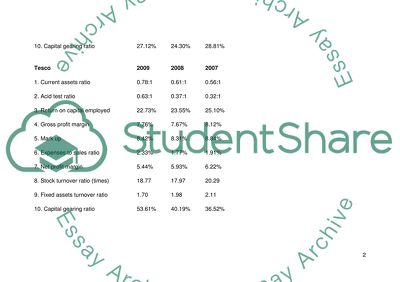Cite this document
(“Analysis of the financial statements of three leading supermarkets in Research Paper”, n.d.)
Retrieved from https://studentshare.org/miscellaneous/1533313-analysis-of-the-financial-statements-of-three-leading-supermarkets-in-uk
Retrieved from https://studentshare.org/miscellaneous/1533313-analysis-of-the-financial-statements-of-three-leading-supermarkets-in-uk
(Analysis of the Financial Statements of Three Leading Supermarkets in Research Paper)
https://studentshare.org/miscellaneous/1533313-analysis-of-the-financial-statements-of-three-leading-supermarkets-in-uk.
https://studentshare.org/miscellaneous/1533313-analysis-of-the-financial-statements-of-three-leading-supermarkets-in-uk.
“Analysis of the Financial Statements of Three Leading Supermarkets in Research Paper”, n.d. https://studentshare.org/miscellaneous/1533313-analysis-of-the-financial-statements-of-three-leading-supermarkets-in-uk.


